

William Stopford
Every SUV, ute and van discontinued in Australia in 2025
9 Hours Ago
Mercedes Benz’s ‘Digital Light’ is the latest in a long line of innovations in headlamp technology. Who brought these innovations to light, and when?

Contributor
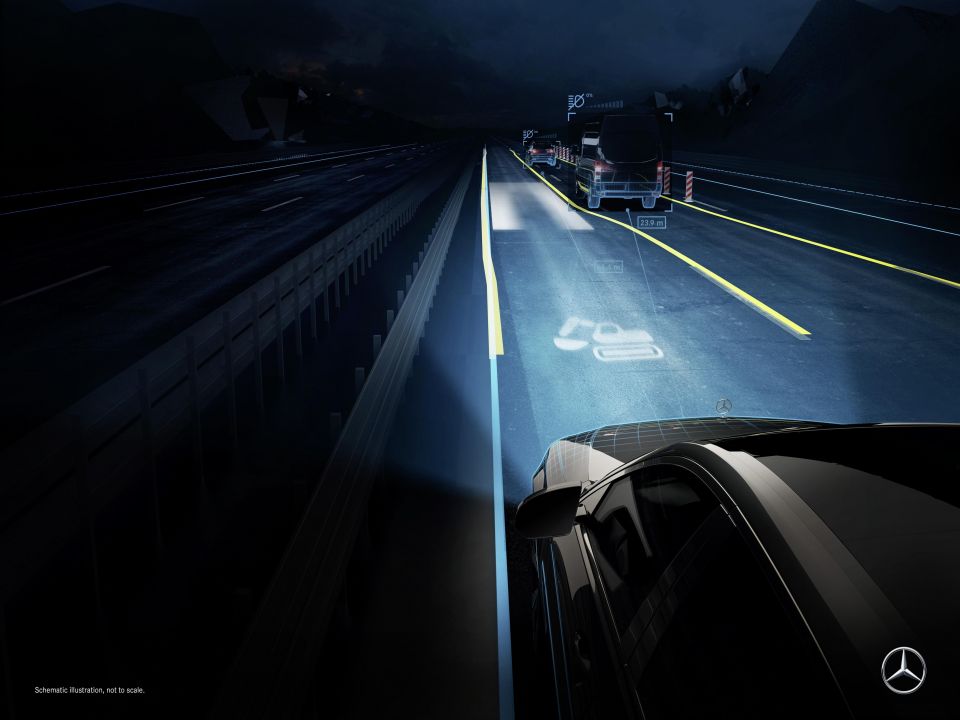

Contributor
Cars were first introduced towards the end of the 19 Century as carriages that could move without a horse.
This line of thinking led them to carry over the same acetylene and oil-based lamps been used for hundreds of years before. It was American luxury brand Cadillac that commercialised the first modern electric headlamp system in 1912, complete with the option of switching them on and off from the inside.
It took until 1962 for a consortium of European suppliers to develop the ‘H1’ halogen bulb design that remains commonplace today.
More contemporary lighting innovations have included the invention of cornering headlights that can swivel in concert with the steering wheel, brighter bi-xenon, LED and laser headlamps, as well as technologies to prevent dazzling oncoming drivers, such as automatic high beam and matrix technology.
High Intensity Discharge (HID) headlights, also commonly known as Bi-Xenon headlamps, offer a brighter, whiter beam (with a slight blue tint), by replacing the standard halogen gas with Xenon.
Although this technology was invented by German company Osram during the 1950s, the technology made its automotive debut in 1991 on an updated version of the E32 BMW 7 Series.
Known as ‘Litronic’, HID technology featured on the low beams only.
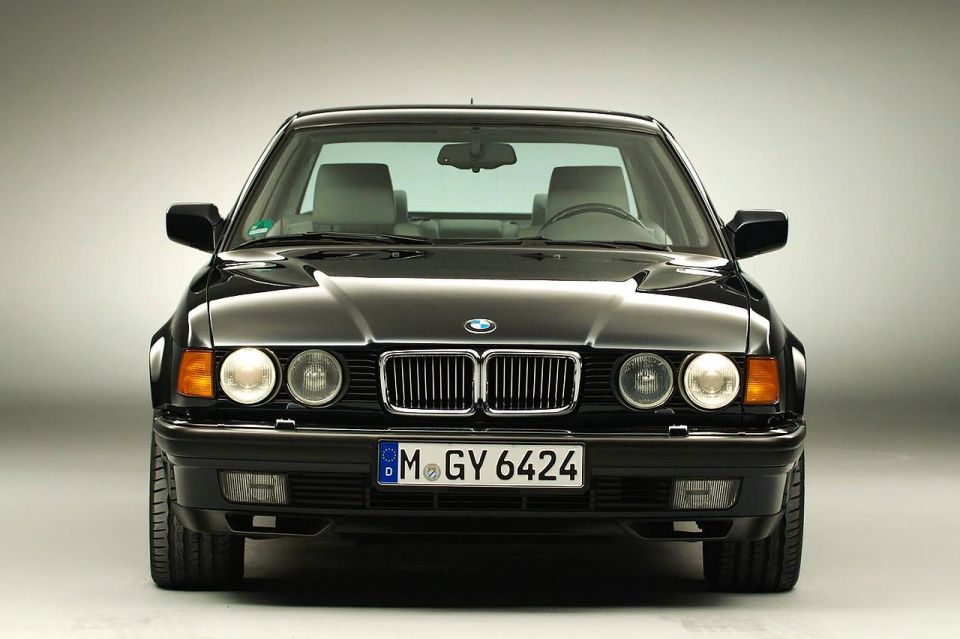
LED (Light Emitting Diode) technology offers numerous benefits over its HID and halogen predecessors. Not only is the technology significantly more efficient, LEDs offer a longer lifespan and therefore require minimal maintenance.
Because LEDs are semiconductors their brightness can be precisely controlled, and the colour temperature of the headlight is far closer to natural sunlight.
LED technology first started appearing on certain parts of BMW tail lights in the 1990s, but the Audi R8 was the first car to feature LEDs for both the low and high beams, as well as the indicators and daytime running lights.
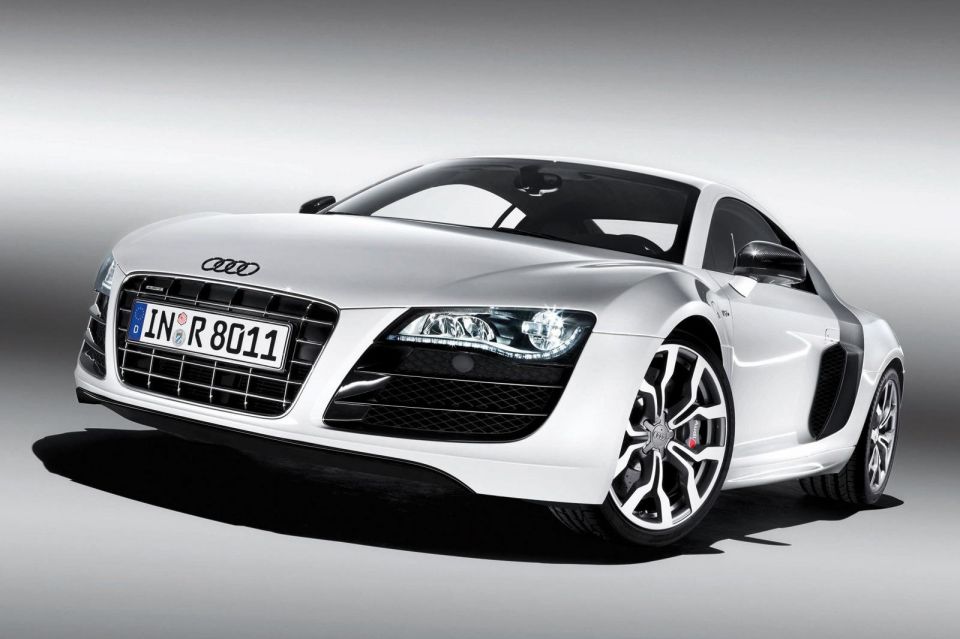
Although LED headlights are a desirable option on most new cars today, laser headlights are a new option claiming to offer more range, brightness, and efficiency compared to LEDs.
Despite the cool sounding name, the lasers do not directly light up the road ahead. Instead, they fire onto a phosphor plate which consequently generates an intense white light.
Additionally, laser headlights are more compact than LED or other headlight types, delivering packaging benefits and providing designers greater freedom to style a car’s front end.
Commercialisation of this technology was a tight tussle between Audi and BMW, with the former’s R8 LMX supercar and a version of the latter’s i8 equipped with the technology both going on sale within months of each other in 2014.
Today, the technology has filtered down to be available on more mainstream vehicles such as the BMW 3 Series.
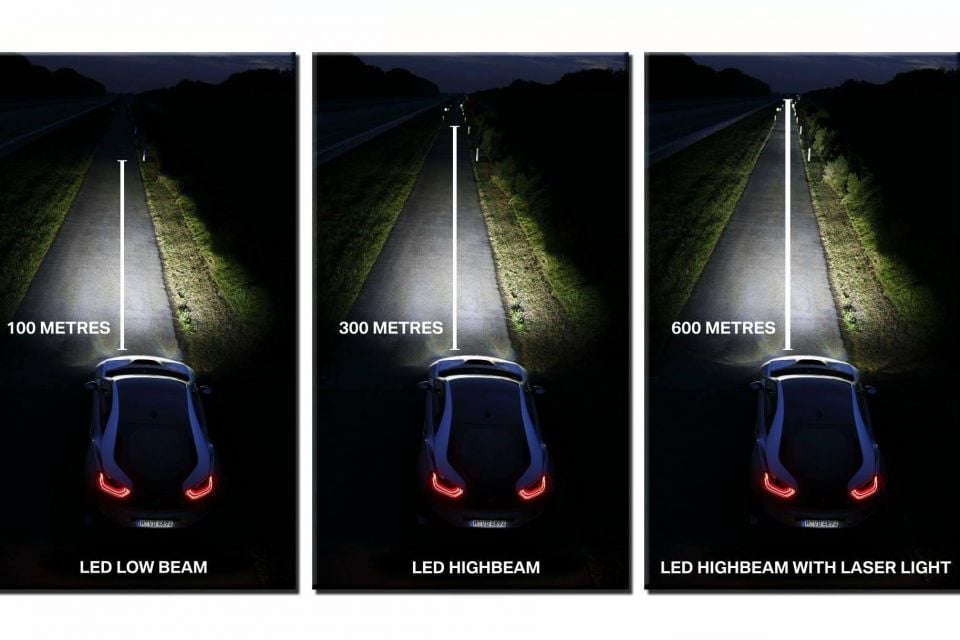
Cars in the early part of the 20 Century lacked high or dipped beams, and instead simply offered a simple on/off setting. The headlights instead produced a flat beam directed straight ahead that risked blinding other drivers at night.
It was German lighting supplier Hella that recognised this fact to produce the first headlight system with an asymmetric distribution, which could appropriately illuminate the driver’s side of the road without blinding oncoming traffic, in 1957.
Citroën is known for its legacy of weird and wonderful cars, and it was the DS that introduced swivelling headlamps to the world in 1967.
Fitted to the high beam unit only, the system could swivel up to 80 degrees in the direction of the steering wheel, allowing the headlight to effectively peer around corners.
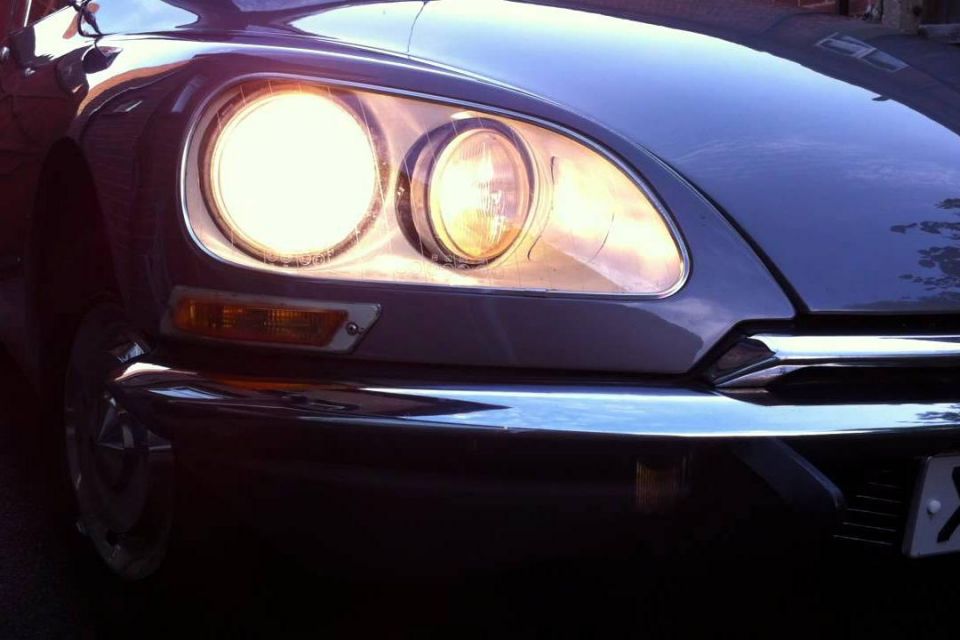
Having both dipped and high beam headlight settings created the problem of having to switch between the two, especially in driving situations with heavy or inconsistent traffic, so carmakers set about creating a system that could detect oncoming headlights and switch to dipped beams.
Oldsmobile first pioneered such a system in 1952, and give it a suitably sci-fi name: the ‘Autronic Eye’.
This system made use of a photonic gun, shaped almost like a phaser from Star Trek.
The system detected light levels and, when a certain sensitivity threshold was reached, signalled to a series of vacuum tubes that switched the headlights to low beams. It also restarted the high beams when the oncoming car had passed.
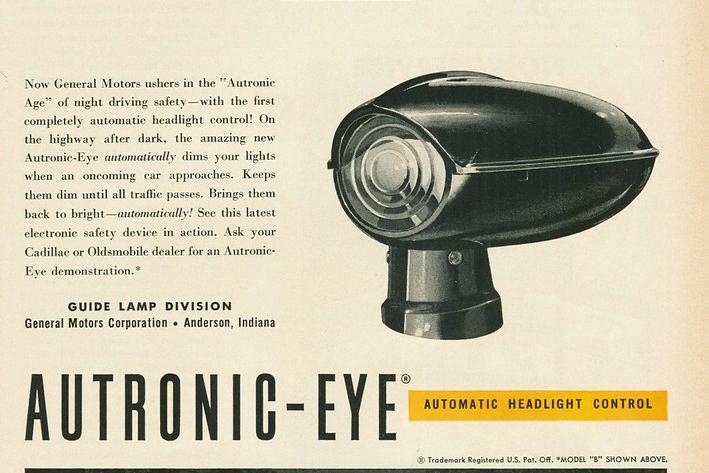
Automatic high beam technology is far more advanced now. Vehicles fitted with the feature rely on a front camera and various algorithms that can distinguish between the lights of an oncoming vehicle and other sources, such as streetlights.
Matrix technology is the next step from simple on/off automatic high beam control and works exclusively with either LED or laser headlights. The system activates multiple LEDs depending on the driving environment, to the extent the high beam can remain on without dazzling pedestrians or oncoming vehicles.
Audi was an innovator behind this technology, initially introducing it in its 2013 Audi A8.
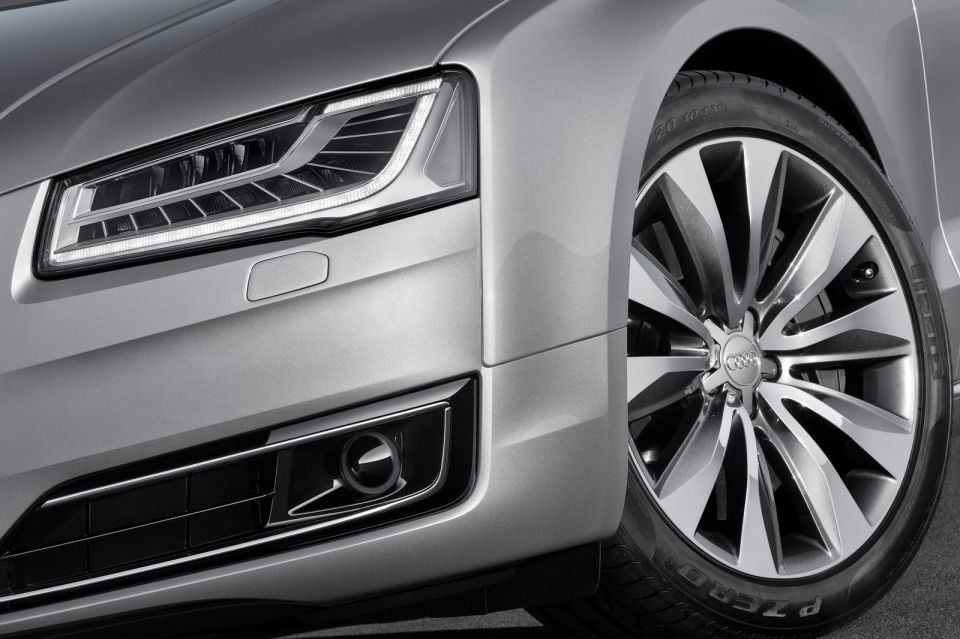
Adding more LED modules enables headlights to act almost as projectors.
Mercedes-Benz has used this principle to develop its new ‘Digital Light’ system.
Available on the all-new S-Class and C-Class, this system makes use of over two million micromirrors (effectively LED pixels) to visually notify the driver of upcoming traffic signs and navigation instructions, as well as to mark out hazards such as pedestrians.
The system can even project images, such as a pedestrian crossing, onto the road.


William Stopford
9 Hours Ago


Ben Zachariah
10 Hours Ago


Derek Fung
11 Hours Ago


Matt Campbell
17 Hours Ago


William Stopford
1 Day Ago


Josh Nevett
1 Day Ago